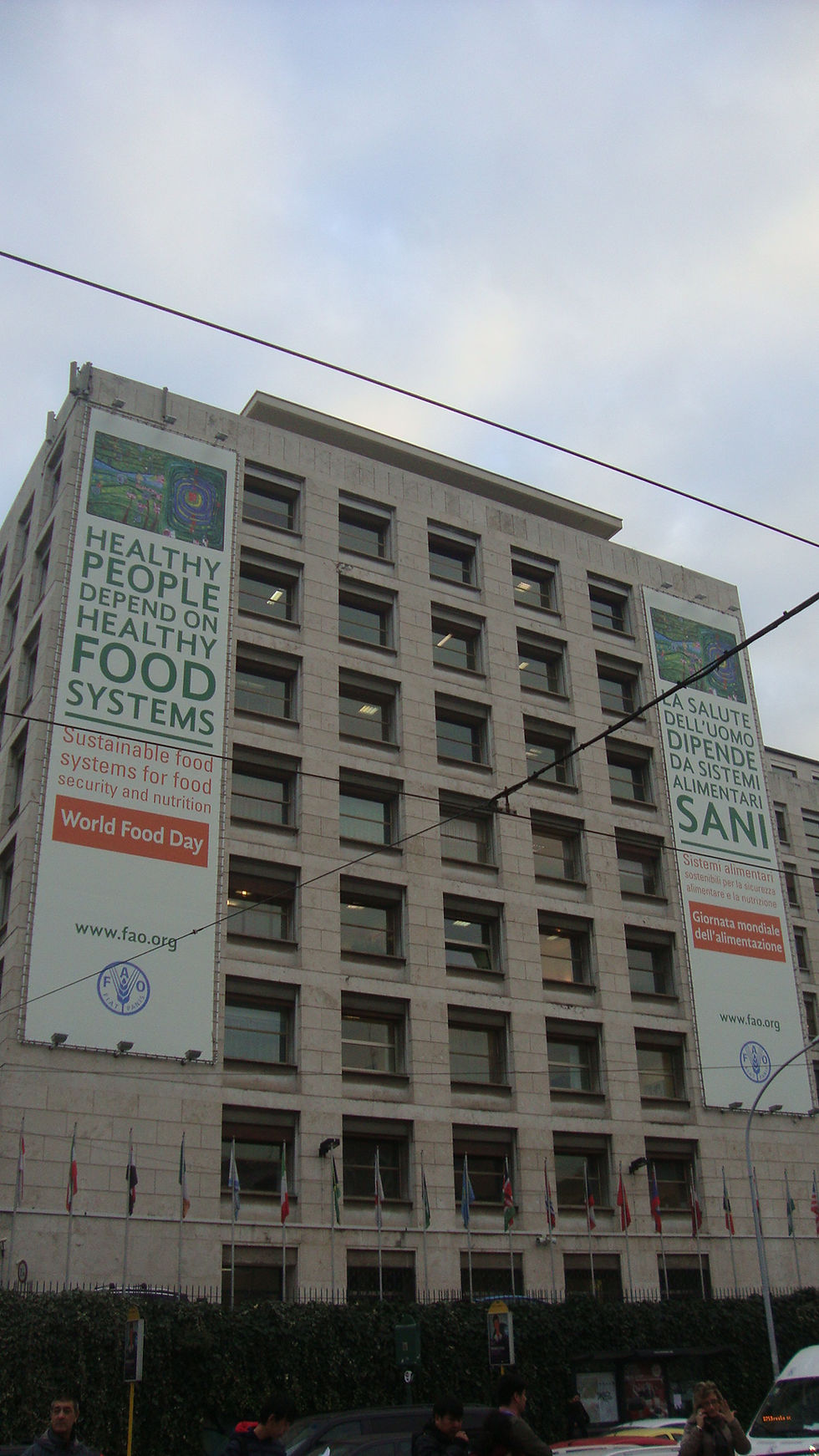WELCOME!!!
Brazilian Soil Spectral Library
The Brazilian Soil Spectral Library– BSSL is the result of a constructive process, only possible thanks to the conviction of the importance of the theme and the participation of a network of collaborators from all over Brazil. Its objective is to assemble a large spectral database of soils in Brazil.
Currently, BSSL's collection has spectral data from 50662 samples donated by 81 employees, representing 69 institutions from 26 Brazilian states and the DF.
In the visible, near infrared and short wave infrared (VIS-NIR-SWIR) ranges there are 49753 samples. In 2015, data from the mid-infrared (Mid-IR) range were added to BESB, 4042 samples have data in the VIS-NIR-SWIR and Mid-IR ranges and 4951 have data only in the Mid-IR range.
On this page you will be able to understand a little more about the objectives, history of the conception and construction of BSSL the team responsible for the maintenance and constant improvement of the collection and who they are and where the collaborators are located. In addition, articles and other materials that provide the scientific basis for the initiative are presented. Also, you can find information on how to collaborate with BSSL.
Global Soil Partnership



"Related to the research group projects as well as the design of Spectral Library of Brazil, were disclosed in a lecture given in December 2013 at the FAO Food And Agriculture Organization of the United Nations, Rome, Italy. The event had approximately 70 researchers representing all continents of the world and dealt with the importance of spectroscopy in the study of soil. Several continents are riding their libraries glimpsing their use in the near future in many different applications such as analysis of soil classification and soil-attribute mappings and beyond monitoring of contaminants, more information at the website below. "
Brazilian Soil Spectral Library is featured in University of São Paulo Website

Dear Coleagues,
Welcome to the Project: Brazilian Soil Spectral Library (BSSL).
First of all, we would like to thank for the positive answers we received from many people around Brazil, such as:
Amazônia: Beto Quesada (INPA)
Maranhão: Dra. Sandra Maria Oliveira Sá, Universidade Estadual do Maranhão
Pernambuco: Maria do Socorro, Sara Fernandez de Souza (UFP)
Rio de Janeiro: Maria de Lourdes Mendonça Santos Brefin, Gustavo De Mattos Vasques (EMBRAPA/Solos)
Minas Gerais: Fabricio da Silva Terra (Universidade Federal dos Vales do Jequitinhonha e Mucuri, (UFVJM), Elpidio Filho (UFV)
Brasília: Marilusa Pinto Coelho Lacerda (UNB), Eder de Souza Martins (Embrapa Cerrados)
São Paulo: Luiz Eduardo Vicente e Celia Regina Grego (Embrapa Monitoramento por Satélite), José Marques Junior, Diego Siqueira, Universidade de São Paulo (UNESP); Ricardo Marques Coelho (IAC); Luis Reynaldo Ferraciú Alleoni (ESALQ, USP)
Paraná: Marcos Rafael Nanni, Universidade de Maringá (UEM), Aline Marques Genú (UNICENTRO), Dr. Oromar Bertol (Emater).Santa Catarina: Elizangela Benedet da Silva (Epagri/Ciram)
Rio Grande do Sul: Ricardo S.D. Dalmolin (UFSM), José Maria Filippini Alba Embrapa Clima Temperado)
In addition to these, I have personal data from Minas Gerais, Mato Grosso do Sul, Goiás, Paraná and Amapá.There are many potential applications of reflectance spectroscopy in Soil Science, such as: an analytical technique; a monitoring and evaluation soil tool, in traditional and digital soil mapping; in modeling soil attributes; and others. We are sure you will be able to add your own applications in this list.
This Project initiative isn’t only making a Brazil’s Spectral Library, but also establishing and consolidating a community that starts to understand and actually use soil spectroscopy. I believe everyone can take advantage of this theme. The potential of this technique (which is the same used to study Mars soils by NASA) is shown since the purest Science Art in electromagnetic sphere until it turns into an extremely useful tool. Many of you provided ideas in how to make this prospect, including data use standards, indicating evident problems, and how to solve them.
The suggestions were incorporated in the Project and they can be accessed in the attached file and also in the website. It is important to clarify that this is a first step. When initial goals are reached, other level will come going towards the Spectral Library of Latin America. A file with the collaborators list will be sent to everyone posteriorly.
For who is able to send the soil samples as soon as possible, we can insert them in a first announcement work at the World Congress of Soil Science, which will be hosted in South Korea.
To any doubts feel free to contact me.
appreciate the attention, and we hope to count with your collaboration,
Doc. Prof. José Alexandre M. Demattê
Luiz de Queiroz College of Agriculture, University of Sao Paulo
Soil Science Department, Piracicaba, Sao Paulo
E-mail: jamdemat@usp.br
SPECTRUM FROM MARS






